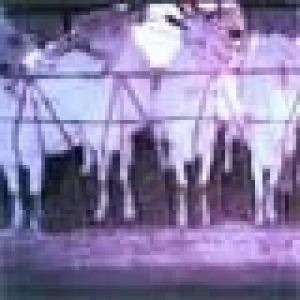ENVIRONMENTAL IMPACT MANAGEMENT

As we all have now experienced, the planet’s climate is changing.Although (for now) the main culprit seems to be the famous greenhouse gases (CO2, CFC, etc), intensive food production has also been identified as a major risk to manage.Artificial fertilizers, GMO’s and their corresponding pesticides are already prime suspects, but what about other sides of food production and its impact on the environment? Intensive crop production and dairy production take its toll on water safety and quality. Intensive meat production, cattle, poultry and pork, also pose a serious threat to the environment through massive production and concentration of fecal matter, which, rich in nitrogen as it is, contributes further to jeopardizing the fragile ecosystem of the Pampa, and its water resources.INCOMPATIBILITYHow about having two incompatible industries, such as mining vs. organic food production, flourishing in the same area? What contingency plans are in place to ensure that accidents in either industry does not negatively affect the other?A survey conducted in April 2002, tried to determine the industrial activity in each province in the Republic of Argentina. Some of the problems encountered were the following:
- In all provinces, agriculture was the most important activity, very often accompanied by other industrial activity such as mining, petroleum, car manufacturing, plastic, leather tanneries, etc.
- It is unclear whether federal or provincial legislation make any specific provisions to safeguard the special needs of food production as well as water and soil safety, in the event that there would be other, ‘non-compatible’ industrial activities in the immediate proximity to food production.
- It is also unclear whether food producers and representatives from other industries have ever met to discuss their different needs and develop strategies to contain any potentially harmful situation that could arise from either activity.





